These threads are archived as part of our reference library, therefore please only post scarves on this thread from the season in the title. If you are not sure, please do a search or ask in the ID this scarf thread before you post. 

TPF may earn a commission from merchant affiliate
links, including eBay, Amazon, and others

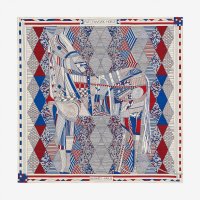

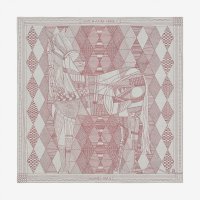

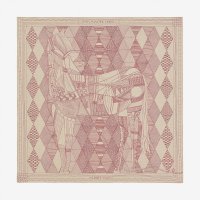



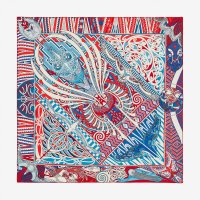
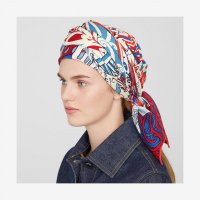
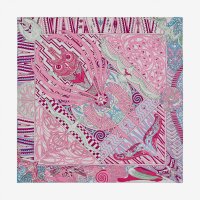

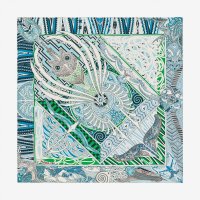
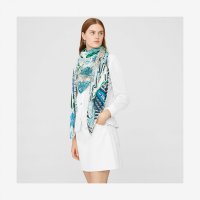
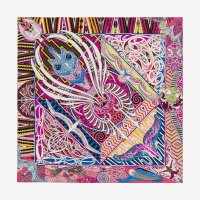
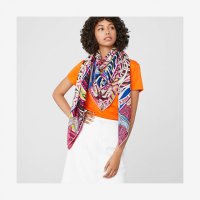
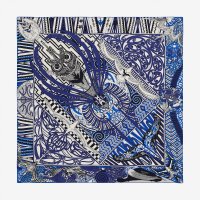
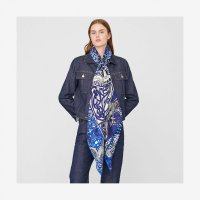
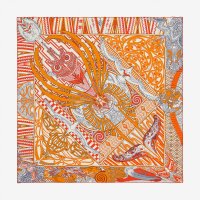

Sulky looking models with no bra on? Hermes is turning me into a troll! That said, a company whose art direction gets in the way of customers purchasing items has already run into serious problems....I sulk, therefore I am...
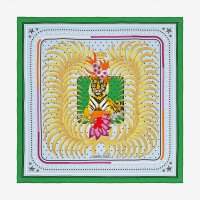
 12
12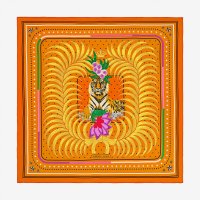
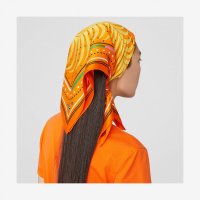
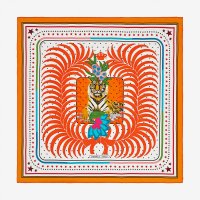
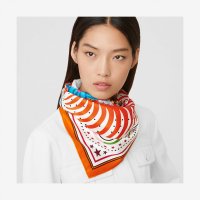
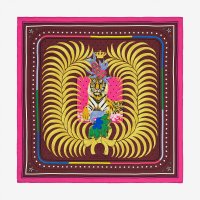
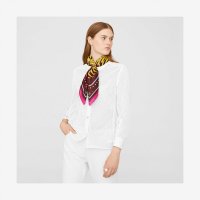


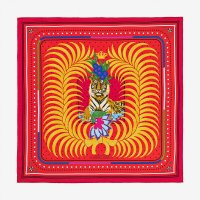

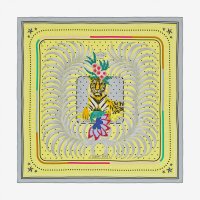
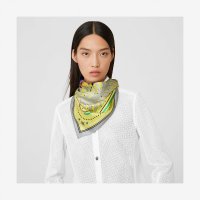
LOLOLOL this picture takes the cake!
https://www.hermes.com/us/en/product/brides-de-gala-shadow-wash-scarf-90-H073452Sv12/
Next time I leave the house wearing a Canadian tuxedo without a bra, I'll make sure to reach for a scarf to cover up my cleavage!
(Also this design looks like a 12 year old's tie-dye experiment, y/y?)
@LadyCupid thank you so much for posting140 CSGM
KAWA ORA (REISSUE) BY TE RANGITU NETANA
REF: H243274S
01
View attachment 4614278 View attachment 4614279
04View attachment 4614280 View attachment 4614281
07View attachment 4614282 View attachment 4614283
11View attachment 4614284 View attachment 4614285
12View attachment 4614286 View attachment 4614287
14View attachment 4614288 View attachment 4614289
The story behind
In Maori culture, motifs and patterns are a language with which to make sense of the world and are passed down from generation to generation. Te Rangitu Netana, a Maori tattoo artist, intertwines his culture and pays homage to the life of one of his ancestors to create this silk scarf design. An owl, the messenger between the material and spiritual worlds, rises above the four walls of the tribe's meeting place. The north wall represents the stairway of knowledge and a connection to the universe. The south wall represents the creation of water, with rain filling the oceans. The east wall depicts the light and the giant eagle upon whose back the Maoris journeyed. The west wall portrays the tears of the albatross, symbolizing the sufferings of the Maori people.

You are welcome.@LadyCupid thank you so much for posting
I see at least 4 color ways that would work for me, I am seriously in trouble!
